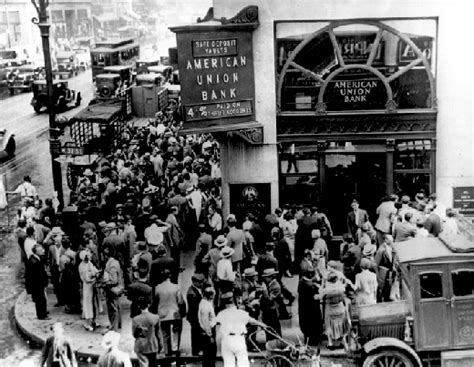Understanding the Economic Catastrophe of the 1930s

The Great Depression, a profound economic crisis that ravaged the globe from the late 1920s to the early 1940s, left an enduring imprint on world history. This comprehensive guide provides a detailed definition and analysis of the Great Depression, examining its causes, impact, and lasting legacies.
Definition of the Great Depression
The Great Depression was a severe worldwide economic downturn that began in the United States in the fall of 1929 and spread rapidly to Europe, Asia, and South America. The defining characteristics of the Great Depression included:
- Plummeting Output and Employment: Industrial production declined drastically, leading to mass unemployment and poverty. In the United States, unemployment peaked at 25% in 1933, with millions of workers losing their jobs.
- Falling Prices: The collapse in demand resulted in a sharp decline in commodity and stock prices. This deflationary spiral exacerbated the economic crisis, as businesses struggled to remain profitable.
- Bank Failures: The economic downturn led to a wave of bank failures, as depositors lost confidence in the financial system and withdrew their funds. In the United States, over 9,000 banks failed during the Great Depression.
Causes of the Great Depression
Historians identify multiple factors that contributed to the onset of the Great Depression:
Overproduction and Excessive Credit: The 1920s witnessed a surge in industrial production, fueled by easy credit and consumer borrowing. However, when the supply of goods exceeded demand, businesses found themselves with excess inventory and debt.
Weak Banking System: The American banking system was inherently unstable, with a lack of regulation and excessive speculation. When the stock market crashed, banks failed, creating a chain reaction that spread throughout the economy.
International Factors: The Great Depression was also influenced by global economic conditions. The collapse of international trade and the imposition of tariffs hindered the recovery of many countries.
Impact of the Great Depression
The Great Depression had profound social, economic, and political consequences worldwide:
Economic Devastation: The decline in output and employment led to widespread poverty, hunger, and despair. In the United States, the gross domestic product (GDP) fell by almost 30% between 1929 and 1933.
Social Unrest: Mass unemployment and economic hardship fueled social unrest. Workers protested and rioted, demanding government intervention. The Great Depression also contributed to a rise in crime and political extremism.
Political Instability: The economic crisis weakened governments and undermined political stability. In some countries, the Great Depression paved the way for the rise of authoritarian regimes.
Government Responses to the Great Depression
Governments worldwide responded to the Great Depression in various ways:
United States: President Franklin D. Roosevelt implemented the New Deal, a series of government programs aimed at stimulating economic recovery and providing relief to the unemployed. The New Deal had mixed success, but it helped to alleviate some of the worst effects of the Depression.
Europe: Many European countries adopted Keynesian policies, which advocated for government spending to boost demand. However, these measures were not always effective, and some nations turned to protectionism and authoritarianism instead.
International Cooperation: In 1944, the Bretton Woods Conference established the International Monetary Fund (IMF) and the International Bank for Reconstruction and Development (IBRD) to promote global economic cooperation and prevent future depressions.
Legacies of the Great Depression
The Great Depression left a lasting impact on the global economy and society:
Economic Regulation: The Great Depression led to the creation of regulatory agencies, such as the Securities and Exchange Commission (SEC) in the United States, to prevent future economic crises.
Social Welfare: The Great Depression raised awareness of the need for government social welfare programs, such as unemployment insurance and social security.
Economic Thought: The Great Depression sparked a re-evaluation of economic theories and led to the development of Keynesian economics, which emphasized the role of government spending in stimulating demand.
Conclusion
The Great Depression was a complex and devastating economic crisis that profoundly shaped the course of world history. Understanding the causes, impact, and legacies of the Great Depression is essential for comprehending the challenges and opportunities of the 20th century and beyond.
